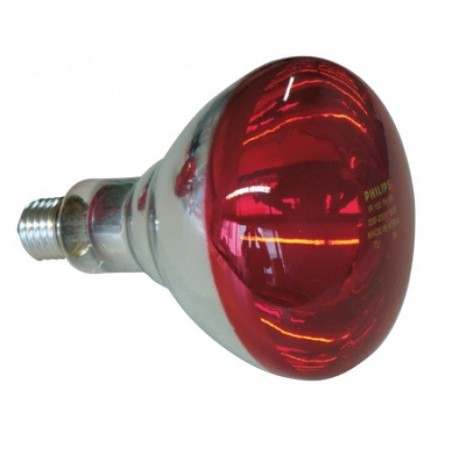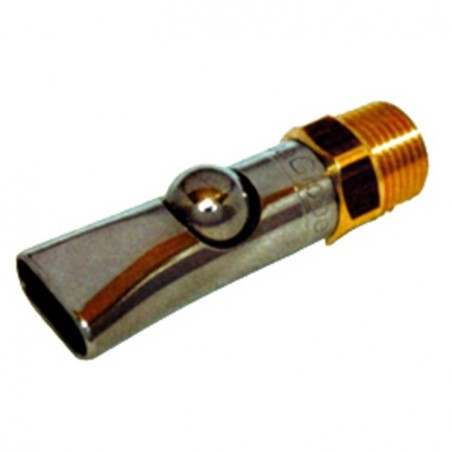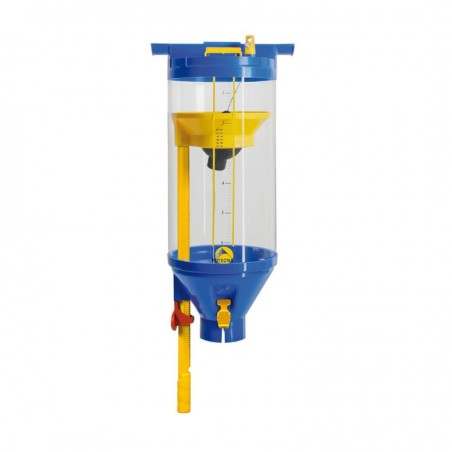Herd-level factors associated with European H1N1 or H1N2 swine influenza virus (SIV) infections were assessed by mean of a crosssectional study carried out in 125 French herds. In each herd serum samples from 15 fattening pigs were tested by haemagglutination inhibition. Data related to herd characteristics, biosecurity, management and housing conditions were collected by questionnaire during the farm visit. Climatic conditions in the post-weaning and fattening rooms, where the sampled pigs were housed, were measured over 20 hours. Factors associated with H1N1 or H1N2 sero-positive status of the herd were identified by logistic regressions.
For both subtypes, the odds for a herd to be SIV sero-positive increased if there were more than two pig herds in the vicinity (OR=3.2, 95% Confidence Interval (95% CI): 1.4-7.6 and OR=3.5, 95% CI: 1.5-8.1 for H1N1 and H1N2 respectively). Other factors were specifically associated with either H1N1 or H1N2 SIV infections. The odds for a herd to be H1N1 sero-positive were significantly increased by having a large number of pigs per pen in the post-weaning room (OR=3.2, 95% CI: 1.2-8.6), temperature setpoints below 25°C (OR=2.6, 95% CI: 1.1-6.4) and below 24°C (OR=2.6, 95% CI: 1.1-6.1) for the heating device in the farrowing room and the ventilation controller, respectively. Moving the pigs to the fattening facility via a room housing older pigs also significantly increased the odds of being H1N1 sero-positive (OR=3.3, 95% CI: 1.1-9.6). A H1N2 sero-positive status was associated with a brief down period in the farrowing room (OR=2.6, 95% CI: 1.1-6.3), high pig density in the post-weaning pens (OR=2.9, 95% CI: 1.2-7.0), large-sized fattening room (OR=2.5, 95% CI: 1.1-5.9), lack of all-in all-out management in the fattening room (OR=2.4, 95% CI: 1.0-5.8) and a temperature range of less than 5°C controlling ventilation in the fattening facilities (OR=3.2, 95% CI: 1.4-7.4).

Factors related to external and internal biosecurity and to the control of inside climatic conditions should be considered together when implementing programmes to better control SIV infections.
Fablet C., Simon G., Dorenlor V., Eono F., Eveno E., Gorin S., Queguiner S., Madec F., Rose N. Factors associated with H1N1 or H1N2 influenza virus infections in fattening pigs: a study in 125 herds. 6th European Symposium of Porcine Health Management.







